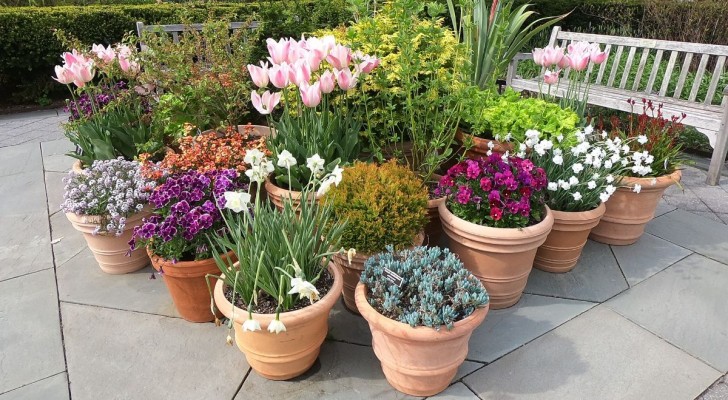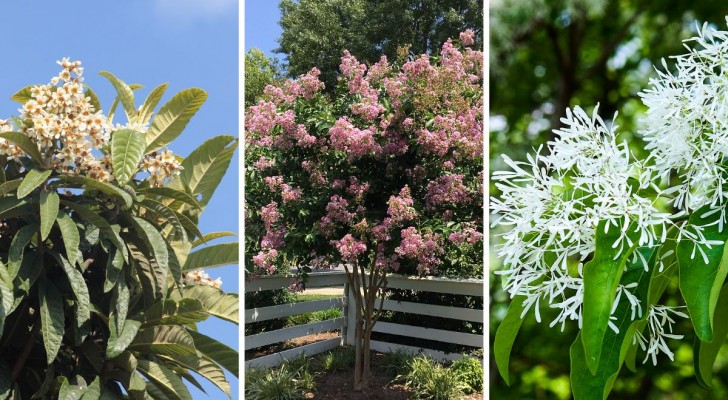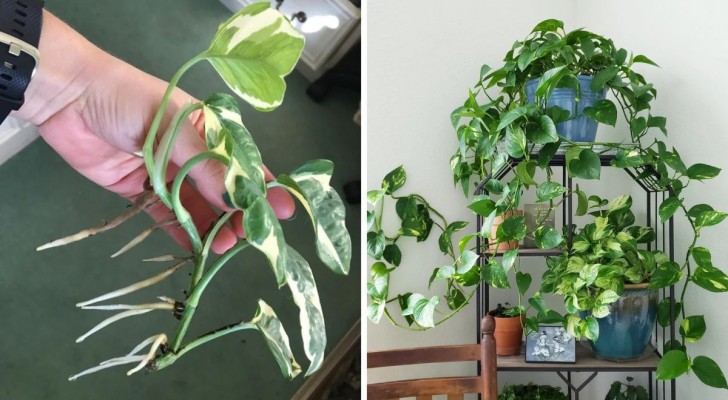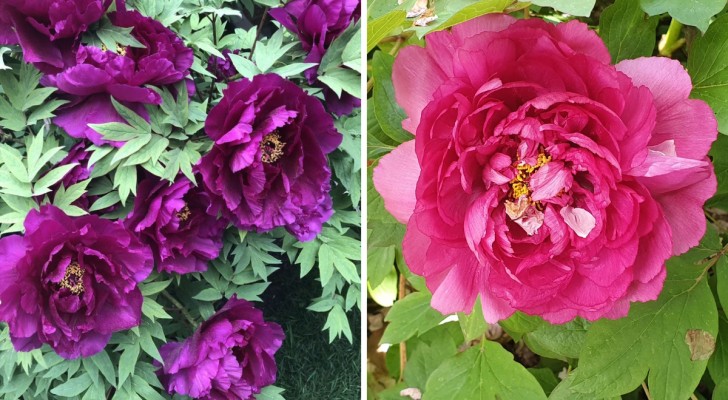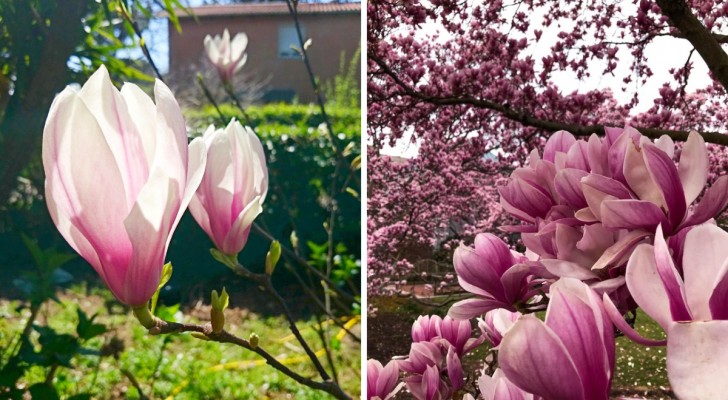Do you want tasty tomatoes to harvest in the summer? Don't forget about the chores to do in the spring
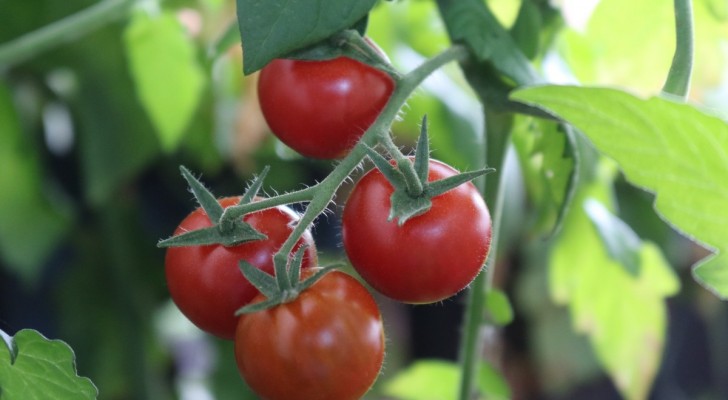
Advertisement
Growing plants in the garden or veggie patch is an activity that goes on for most of the year, and tomatoes are no exception. Although they can be harvested in summer, it is necessary to take care of their development during all stages of their growth, therefore from winter (if starting from seeds) or from spring (in the case of planting seedlings in open ground).
This means having to control their growth by working on a series of chores not to be forgotten or postponed too long, in order to have a large harvest and tasty tomatoes for the hottest days of the year. Read on to find out more:
via tomatobible.com
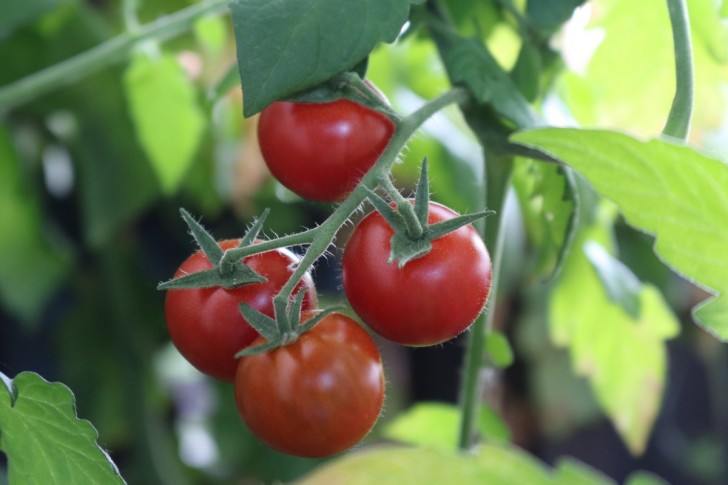
- Transplant the seedlings: if you bought them or started from seeds, in spring the seedlings will already be 10-15 cm in height, with numerous leaves and nodes showing. It is therefore time to plant them in rows in the garden, or to arrange them in the large pots on a balcony or terrace. In this way ,they have the opportunity to develop their root systems more securely in the place where they will continue to grow permanently: having strong roots guarantees the health of the plant. Since they can produce roots at a high level (ie. up and along the stem), if the plant is put into soil, put it a little deeper into the soil than you would with other plants.
- Enrich the soil: the soil must have been well turned over and ventilated, and then also enriched with nutrients and organic substances. For example, manure is very good (2.5 kg per square meter is needed), or use compost.
- Weeding: Remove all weeds in the area that can take nutrients from the soil away from the tomatoes, unless you have them paired with some species that are often grown alongside this vegetable, such as certain types of basil.
- If possible, install a drip irrigation system, with the outlet nozzles reaching the base of each plant. Otherwise, dig furrows and always keep them well shaped, so as to rest a hose in and let the water run between the rows of plants without leaving any untouched by the water.
- Combine some other useful plants with the tomatoes to grow alongside them. We mentioned basil: this aromatic herb is in fact, often placed between two tomato plants, making sure to keep their crown fairly compact. Basil is said to keep animals harmful to tomatoes away and improve their flavor! Other plants to consider (and which are always useful as a deterrent for unwanted pests) are nasturtiums, tagetes and garlic.
- Fertilizer: a few weeks after planting you can administer a bit of fertilizer that is balanced in nitrogen-phosphorus-potassium. In particular, if there is a lack of nitrogen in the soil, it is best to fertilize it, so as to make the root systems grow properly. Only when the fruiting period approaches, do you use a fertilizer that is richer in phosphorus.
- Immediately put down the vertical supports that will help you to grow the plants in an orderly way and also facilitate the harvest of fruits. So rods or sticks, and also ropes and strings between them.
- Eliminate the suckers: if you notice shoots that start from the nodes and grow obliquely (at 45 °), these are the "suckers" and should be eliminated to ensure that the plant concentrates its energy on the growth of its' fruit. Use the suckers to make cuttings, you will have get many new seedlings!
- Mulching: Choose your preferred method of mulching the soil around the plants, covering it to prevent weeds from growing and thereby helping to maintain humidity during the warmer months.
Great job!
Advertisement
